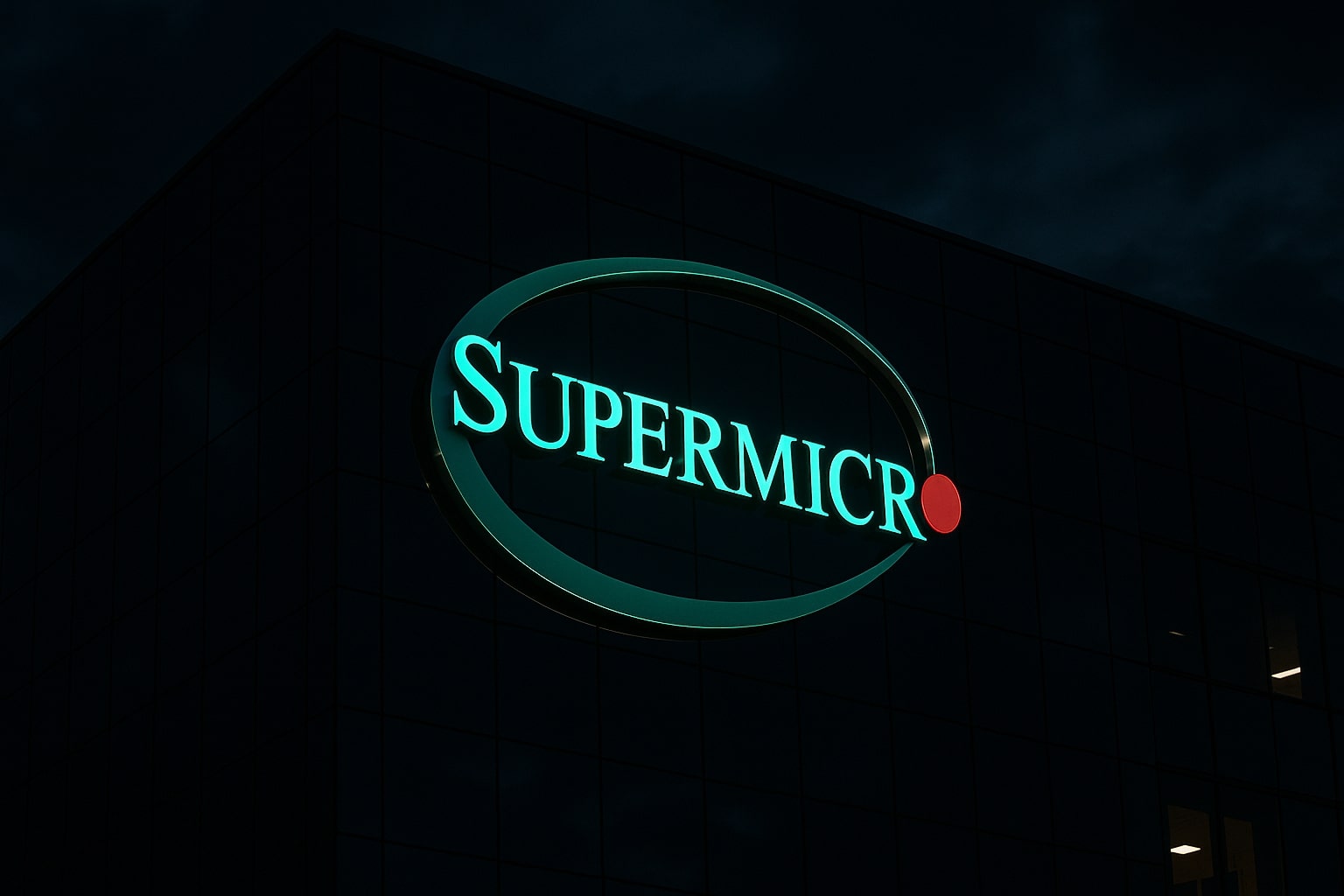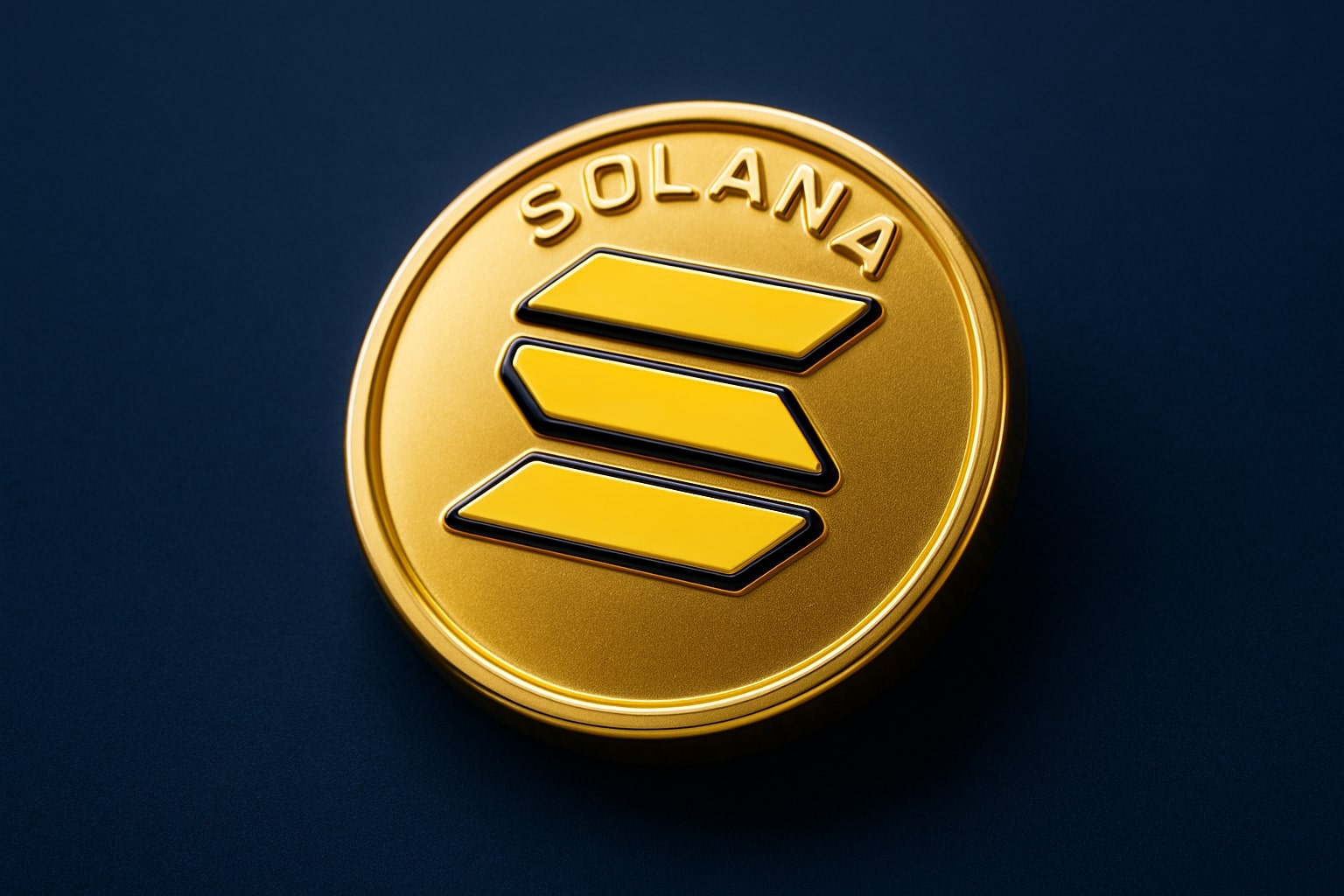
FDVV ETF Surges 129% in 5 Years — Fidelity’s Dividend-Tech Hybrid Trades Near $55.46 with 3.10% Yield
Fidelity High Dividend ETF (FDVV) stays strong at $55.46 amid a $42.84–$56.86 yearly range. With $7.36B in assets, 26.5% tech exposure, and 3.10% yield, FDVV beats SCHD and DGRO in total returns | That's TradingNEWS
Fidelity High Dividend ETF (NYSEARCA:FDVV) — Balancing Yield, Growth, and Tech Exposure in the 2025 Dividend Market
The Fidelity High Dividend ETF (NYSEARCA:FDVV) is positioning itself as one of the most interesting hybrid instruments in today’s income-driven yet growth-sensitive equity landscape. Trading at $55.46 as of November 6, 2025, with a day range between $55.29 and $55.70, FDVV stands less than 2.5% below its 52-week high of $56.86, maintaining strong price resilience amid broader market volatility. Over the past twelve months, the ETF has returned approximately 10.9%, a figure that not only outpaces the majority of dividend peers but also narrows the performance gap with the S&P 500 itself. With a dividend yield of 3.10%, an expense ratio of 0.16%, and assets under management (AUM) of $7.36 billion, the ETF continues to prove that disciplined smart-beta construction can generate superior risk-adjusted returns without sacrificing income stability.
The structure of FDVV follows the Fidelity High Dividend Index, a proprietary benchmark built to capture high-yielding large- and mid-cap U.S. equities with a secondary allocation of up to 10% in developed international markets. Its composition is intentionally designed to overweight high-yield sectors while balancing them through selective inclusion of growth components. The fund’s weighting methodology gives 70% importance to dividend yield, 15% to dividend growth, and 15% to payout ratio, ensuring that the companies it holds are not only distributing meaningful dividends but also maintaining payout sustainability. The result is a unique blend of income stability and sector-specific growth potential.
Within its portfolio, FDVV currently allocates 26.5% to technology, 18.8% to financials, 13% to consumer defensive, and roughly 10% to REITs, reflecting a deliberate tilt toward growth-oriented industries while still maintaining exposure to steady cash-flow generators. The top holdings include NVIDIA (NVDA), Microsoft (MSFT), Apple (AAPL), Visa (V), and Broadcom (AVGO)—companies that not only represent the most cash-rich segment of the U.S. equity market but also play an active role in dividend expansion. Collectively, the top ten holdings account for approximately 33.8% of total assets, giving the ETF a concentrated yet strategically balanced exposure to sectors driving the current economic cycle.
Performance metrics tell a clear story. Since its inception in September 2016, FDVV has returned 129% over five years, compared with 84% for iShares Core Dividend Growth ETF (DGRO) and 63% for Schwab U.S. Dividend Equity ETF (SCHD). While SCHD and DGRO emphasize steady dividend growth and defensive weighting, FDVV’s recent surge reflects its strong participation in the post-2024 technology rebound and AI-driven capital rotation. Interestingly, this sharp divergence occurred primarily after April 2025, when AI-related earnings momentum lifted semiconductor and software valuations. For investors holding FDVV throughout this phase, the performance differential was significant—nearly 45% higher cumulative gains compared to SCHD across the full nine-year span.
However, FDVV’s dividend dynamics show both strengths and weaknesses. Its 5-year dividend growth rate of 10.42% demonstrates competitive expansion, yet the CAGR has declined by 7.11%, revealing inconsistent annual payouts. This volatility contrasts with SCHD’s 12.23% and DGRO’s 8.85% consistent growth, indicating that FDVV’s reliance on cyclical high-yield sectors occasionally causes dividend disruptions. Nonetheless, its yield-on-cost since inception at 6.88% remains impressive for long-term holders, proving the ETF’s capacity to deliver income expansion over time even with payout fluctuations.
Valuation remains reasonable despite its heavy tech component. The ETF trades at a price-to-earnings ratio of 20.5×, notably lower than the 24× median P/E of the S&P 500, suggesting that investors are still paying a modest premium for stable yield and moderate growth exposure rather than speculative valuations. This balance makes FDVV appealing to income-focused investors who still want exposure to the same innovation sectors that propelled market performance in 2025.
From a diversification standpoint, FDVV’s 16% overlap with SCHD allows it to serve as a complementary allocation rather than a substitute. The two funds operate under fundamentally different philosophies: SCHD targets high-quality U.S. dividend growers primarily in Energy, Consumer Defensive, and Health Care, while FDVV integrates Technology, Financials, and REITs for broader sector dispersion. The ETF’s 38% overlap with DGRO reduces its diversification benefit in that pairing, as both funds share exposure to similar growth names. However, combining FDVV with SCHD yields a higher composite yield—around 3.5%—and a more balanced income-growth ratio suitable for investors seeking defensive dividends with tech-linked upside.
Institutional positioning further supports FDVV’s bullish momentum. Over the last quarter, large asset managers have steadily accumulated positions, particularly those anticipating rate cuts in 2026. The Federal Reserve’s projected easing cycle is expected to lower money-market yields, redirecting part of the $7.5 trillion currently parked in cash equivalents toward dividend-yielding ETFs. FDVV’s yield advantage and exposure to high-beta tech sectors could benefit most from this reallocation. Additionally, recent quarterly reports from key constituents such as NVIDIA and Broadcom showed both dividend increases and record free cash flows, reinforcing confidence in FDVV’s underlying earnings durability.
From a technical perspective, FDVV’s chart shows consolidation within an ascending channel since mid-September 2025. The support zone near $54.62 has been repeatedly defended, while short-term resistance stands at $56.93. According to quantitative signals, the ETF exhibits a 14.4:1 reward-to-risk ratio, indicating that even minor pullbacks could represent buying opportunities. Momentum indicators remain neutral, but long-term signals are firmly bullish, suggesting an upside projection toward $58–$60 in the coming months if sector leadership remains intact.
Still, investors should note concentration risks. Nearly half of FDVV’s portfolio is exposed to two sectors—Technology and Financials—which could magnify volatility during macro shocks or sector rotations. Rising Treasury yields above 4.5% may briefly pressure valuations in high-growth names, potentially slowing near-term appreciation. Nevertheless, FDVV’s beta of 0.90 demonstrates that it maintains below-market volatility even with its growth tilt, offering a relatively smoother risk profile compared with broader equity benchmarks.
Read More
-
Applied Digital Stock Price Forecast - APLD AI Expansion and $5B Macquarie Deal Set $52 Price Target
06.11.2025 · TradingNEWS ArchiveStocks
-
Ripple’s XRP ETFs XRPI & XRPR Eye $25 as U.S. Approval Nears — Institutional Filings Ignite Massive Market Shift
06.11.2025 · TradingNEWS ArchiveCrypto
-
Natural Gas Price Forecast - NG=F Surges to $4.32 as U.S. LNG Exports Hit Record Levels and Storage Tightens
06.11.2025 · TradingNEWS ArchiveCommodities
-
Stock Market Today - AI Stocks NVDA,AMD,QCOM Crash, Layoffs Spike, and Tesla’s $1 Trillion Vote Rattles Markets
06.11.2025 · TradingNEWS ArchiveMarkets
-
USD/JPY Price Forecast - Yen Consolidates Around 153.60 as Range Breakout Setup Drive Market Focus
06.11.2025 · TradingNEWS ArchiveForex
Over a decade-long horizon, FDVV’s annualized return of 13% compares favorably with the S&P 500’s 14%, outperforming most dividend-oriented ETFs while tripling the benchmark’s average yield. Its correlation to SPY is high, reflecting its sensitivity to large-cap U.S. market trends, yet its dividend advantage and exposure to high-cash-flow industries make it a practical instrument for income investors seeking growth participation. The ETF’s capacity to deliver a 3%+ yield with capital growth close to major indices underscores its hybrid identity—neither a pure high-yield defensive play nor a momentum-driven growth fund, but a calculated middle ground built for today’s complex rate environment.
The strategic case for FDVV remains strong. It is particularly well suited for investors who already hold traditional dividend funds like SCHD or VYM and want to diversify into growth-linked yield plays without increasing portfolio volatility. With consistent demand for technology dividends, steady financial sector performance, and an approaching rate-cut cycle expected to revive yield-sensitive assets, FDVV stands as a Buy for medium- to long-term investors. Near-term dips below $55.00 are likely accumulation opportunities, with potential price targets between $58 and $60 over the next two quarters and an implied upside of roughly 8% from current levels, supported by stable quarterly income and strong institutional rotation into dividend-tech hybrids.



















